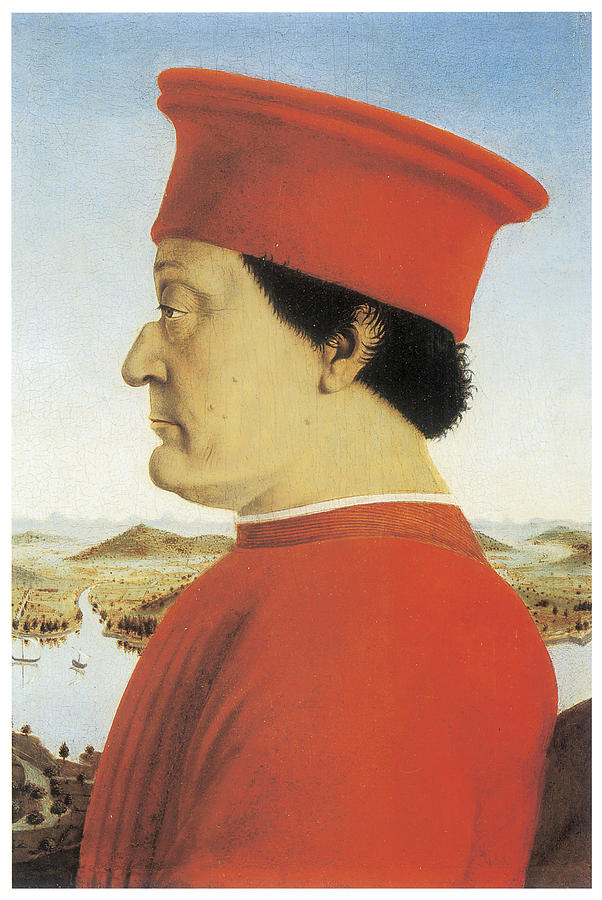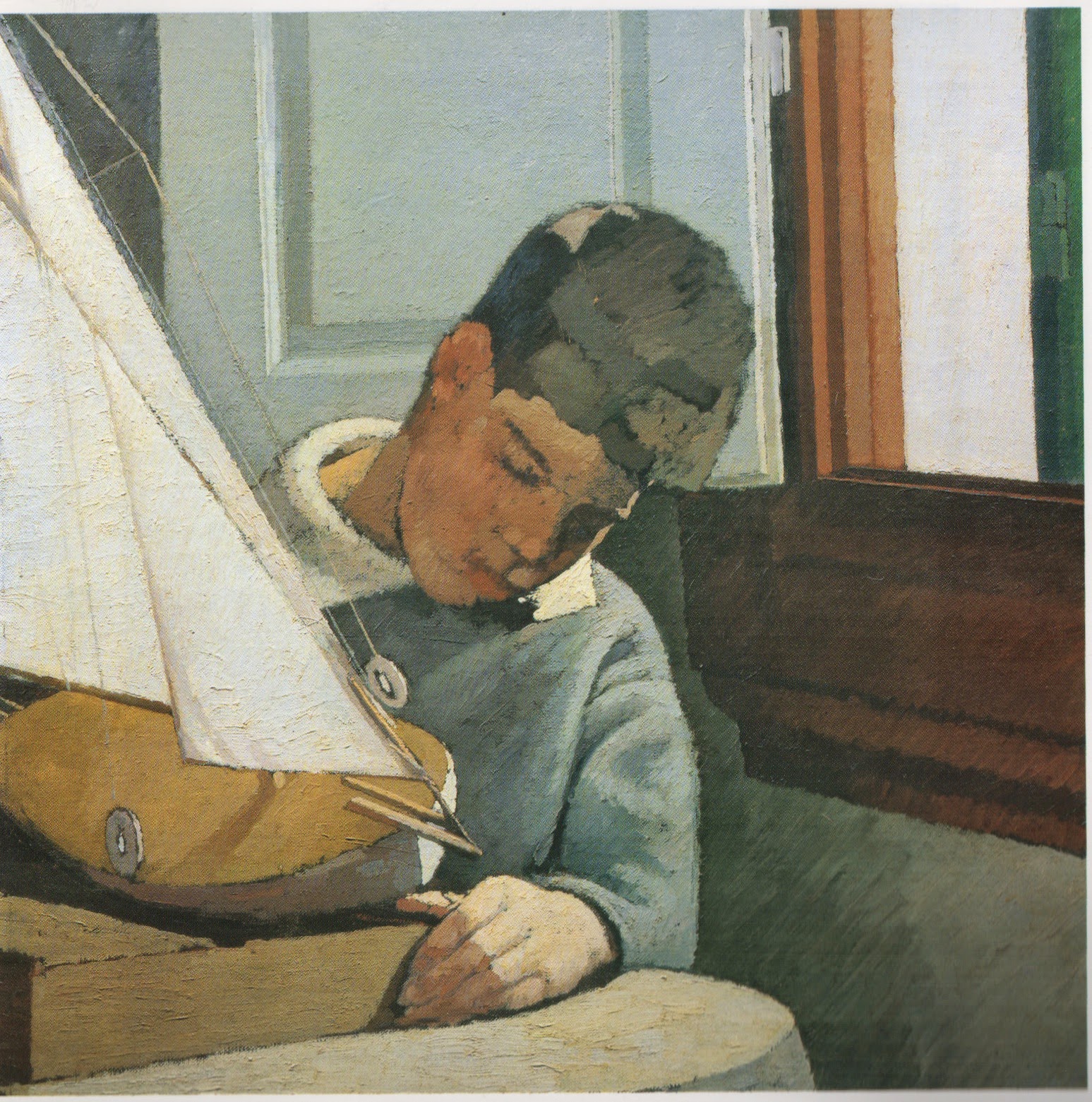I came across the work of Oscar Ghiglia in a visit to Villa Mimbelli in Livorno years ago. Since then I always cherished the catalogue I have and never have enough of looking at his work.
![]() |
| Portrait of Isa, 1908, oil on canvas 25x21 |
Ghiglia ( b.1876 ) came from a very poor family in Tuscany and lived in poverty for most of his life.
He was self taught and started painting in his early youth while doing all sorts of other jobs. In those years he lived in Livorno, an important city on the Tuscan coast, and was friend with Modigliani, also from Livorno but with a Jewish bourgeois background, and other notable painters like Llewelyn Lloyd. Ghiglia was able to overcome his humble origins and really became part of the cultural elite of Tuscany.
It was not until 1901 that he moved to Florence and signed up to receive some formal artistic education at the Scuola del Nudo, led by Giovanni Fattori.
Fattori was the star painter of the time; although often referred to as student of Fattori, Ghiglia (
pronunciation) was not. Fattori respected him as an artist and they paid each other studio visits, but Ghiglia did not belong to his students group.
In Florence he joined a group of intellectuals instead, including Papini and Prezzolini who will eventually form the core of the Futurists.
Ghiglia's artistic breakthrough happend in 1901 when his self portrait was included in the prestigious Esposizione Universale in Venice. He quickly acquired a reputation as a portrait painter although he never turned into a fashionable one.
![]() |
| Portrait of Llewlyn LLoyd, oil on canvas 89x88, 1907 |
His portraits are characterised by a solid perspective structure, immediate but in fact very complex. They never indulge toward sentimentality nor they become flamboyant. With a classical departure point, they are made modern by the simplification of the drawing; all the emotional content is reduced to a precise construction of the image.
He chosed portraiture because of its classicism, deriving from his constant visits to museum and galleries. He refused impressionistic instances coming from France, preferring Nordic influences, such that one of Hammershøi, that we see in his domestic interiors. The majestic and statuesque
figure of his wife Isa appears over and over, sleeping, writing, plaiting her hair.
![]() |
| The White Shirt, oil on canvas 21x59, 1909 |
![]() |
| Paulo with the boat, oil on canvas 63x63, 1925? |
In 1914 he moves to Castiglioncello, a small town on an area of Tuscany that is characterised by a particularly clear un-hazy light, with Isa and their five children. It is a sort of nature call that agrees with his, at times paranoid, feeling of isolation.
Here he will paint some beautiful landscapes that are integral to his work. The underlying structure is there, his solid brushwork that is the opposite of "optical" impressionism; the colours are pushed away from pure realism.
![]() |
Campagna a Castiglioncello, both 12x39 oil on cardboard, 1914
These for me remind some of Uglow's landscapes. |
The format and the subjects recall the Macchiaioli painters but landscape for him is in fact a rational construction. It is not until that period that he might have come in contact with the work of Cezanne, with which he shares the concept of a painting as physical object and the use of colour as builder of form. In a letter to his friend Natali, then in Paris, he mocks the "isms" in favour of an attention to "the real" and he suggests: " go see Cezanne: you'll be convinced that the past, yes, is the future".
![]() |
View of Villa d'Ancona a Volognano, oil on panel 39x28.5, 1913/1915
an incredible forerunner of Morandi's landscapes |
The genre that will forever be his favourite though is still life. He starts painting still life around 1907, hence before ever seeing Cezanne.
Here he is at liberty of making the space he has rationally devised, here he can simplify drawing down to pure form, here he can reach that almost supernatural light ( he worked under electric light) that reveals the form entirely.
Forms are solid and there is no flickering of brushwork, even the highlights of the reflective surfaces he loves painting are thick and geometric. The colour is clean and solid but gaps in the layer show the liveliness of the luminous matter underneath.
![]() |
Composition with Checked Cloth, oil on cardboard 35x49, 1923/1925
Cezannian in the way the bowl is tilted, but the shift makes total sense in design and perspective avoiding the ambiguity of planes of the French painter. |
![]() |
The Chicken, oil on canvas 47x60, 1910
|
![]() |
The shells, oil on canvas 55x91, 1925/26
|
![]() |
The Mirror, oil on canvas 50x48, 1909
The table of Mrs Ojetti with the figurine that recalls Ugo Ojetti and perhaps echoes Carl Larsson's famous self portrait. |
After the Great War, to which he was too old to take part, Ghiglia will continue painting and producing many of his masterpieces, although in growing isolation.
Despite his ongoing contact with intellectuals ( his friendship with the controversial intellectual Ojetti has been seen as one of the causes for being ignored by art historians) he remained distant from politics and did not adhere to Fascism. He never really enjoyed a national success and remained anchored to local friends patronage. His house and all the objects that had appeared in his paintings were lost in a bombardment in WW2. Ghiglia died in 1945.
![]() |
| Self Portrait 1920 |
Information and images from:
Oscar Ghiglia, dal Leonardo agli anni di Novecento Edizioni De LucaFurther information from:
Oscar Ghiglia, L'alzatina Sforni ( thanks to
Larry Groff for this link)












































































.jpg)










